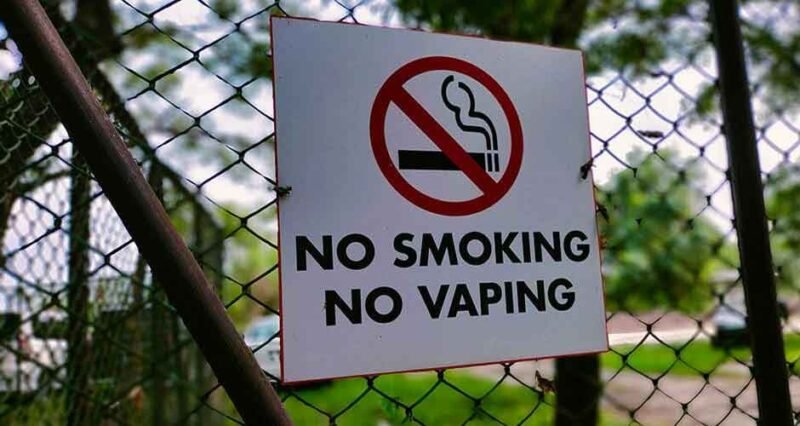
In educational institutions across the globe, teachers are facing a growing challenge: the rise of smoking and vaping among students. As these habits evolve with new technology like e-cigarettes, schools are adopting innovative strategies to combat this issue. Let’s explore how educators are tackling this problem and the tools they are using to maintain a healthy learning environment.
The Shift from Traditional Smoking to Vaping
One significant change in student smoking habits is the shift from traditional cigarettes to vaping. Vaping, or the use of e-cigarettes, has become increasingly popular among teenagers, partly due to misconceptions about its safety compared to traditional smoking. The discrete nature of vaping devices makes it easier for students to use them without detection, posing new challenges for schools in monitoring and prevention.
Implementing Vape Detectors in Schools
In response to the vaping trend, many schools are turning to technology for a solution. Vape detectors are being installed in areas where students are likely to vape, such as bathrooms and locker rooms. These devices are designed to detect vapor from e-cigarettes and alert school officials.
How Vape Detectors Work:
| Function | Description |
| Vapor Detection | Sensors detect e-cigarette vapor in the air. |
| Instant Alert | Once vapor is detected, the device sends an immediate alert to school officials. |
| Location Specific | Alerts provide the specific location of the detector that was triggered. |
| Data Collection | Some devices collect data on vaping incidents, helping schools track patterns over time. |
By using vape detectors, schools can more effectively enforce anti-smoking and vaping policies and intervene promptly when violations occur.
Educating Students about the Risks
Beyond surveillance and enforcement, education plays a critical role in addressing student smoking and vaping. Teachers and school administrators are implementing educational programs that inform students about the health risks associated with smoking and vaping. These programs often include discussions about nicotine addiction, the harmful chemicals in e-cigarettes, and the long-term health consequences of vaping. By increasing awareness, schools aim to discourage students from picking up these habits in the first place.
Collaborating with Parents and Community
Combating student smoking and vaping is a community effort. Schools are reaching out to parents and guardians to educate them about the signs of vaping and smoking and how to talk to their children about these issues. Collaboration with local health organizations and anti-smoking campaigns can also provide additional resources and support for schools in their efforts to create a smoke-free environment.
Conclusion: A Multi-Faceted Approach to a Complex Issue
In conclusion, dealing with student smoking and vaping in schools requires a multi-faceted approach. By combining technological solutions like vape detectors with educational programs and community collaboration, schools can effectively address this challenge. It’s about creating an environment where students are not only aware of the risks of smoking and vaping but also feel supported in making healthy choices. As the landscape of student smoking habits continues to evolve, schools must remain vigilant and adaptive in their strategies to ensure the well-being of their students.

